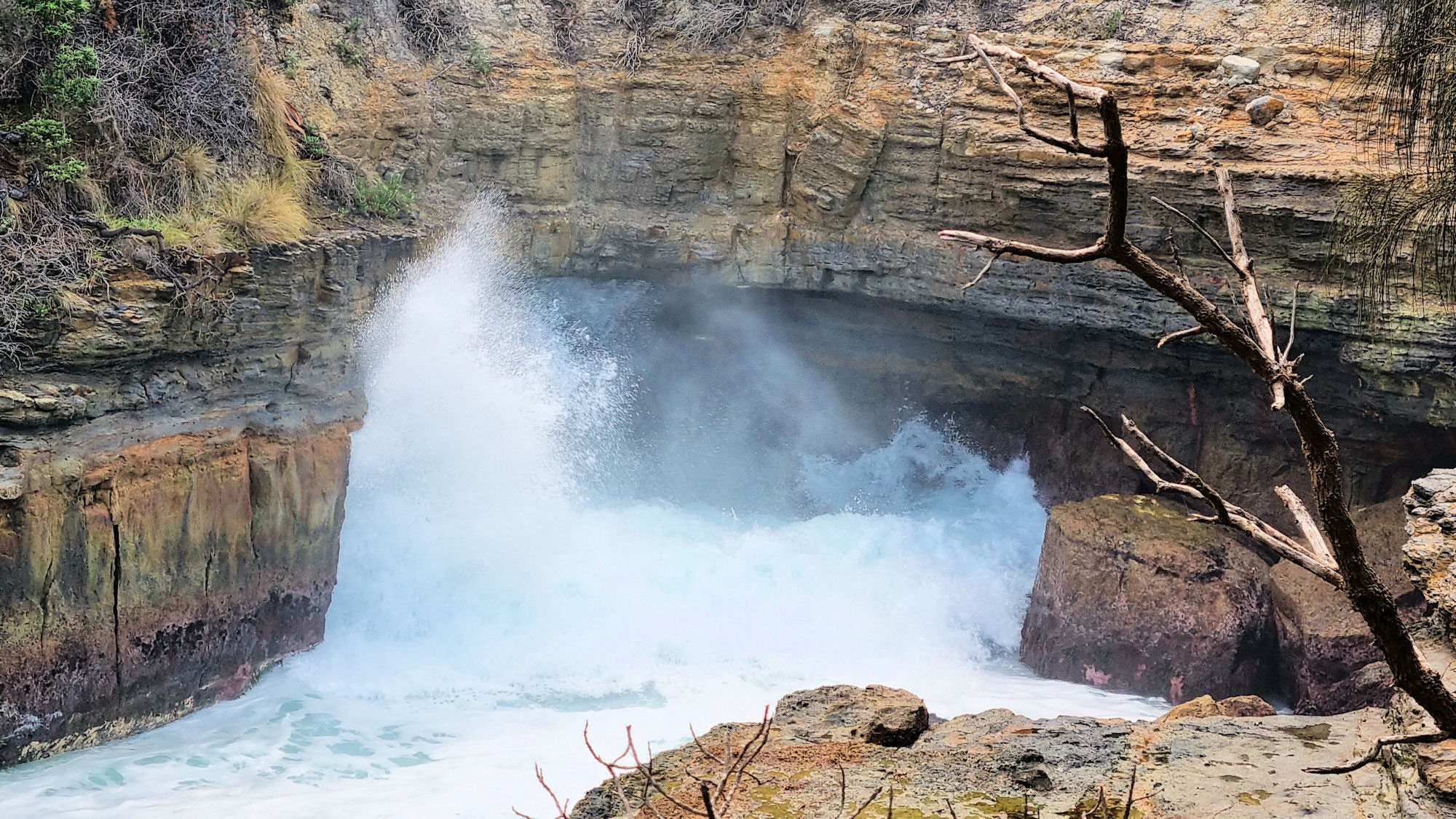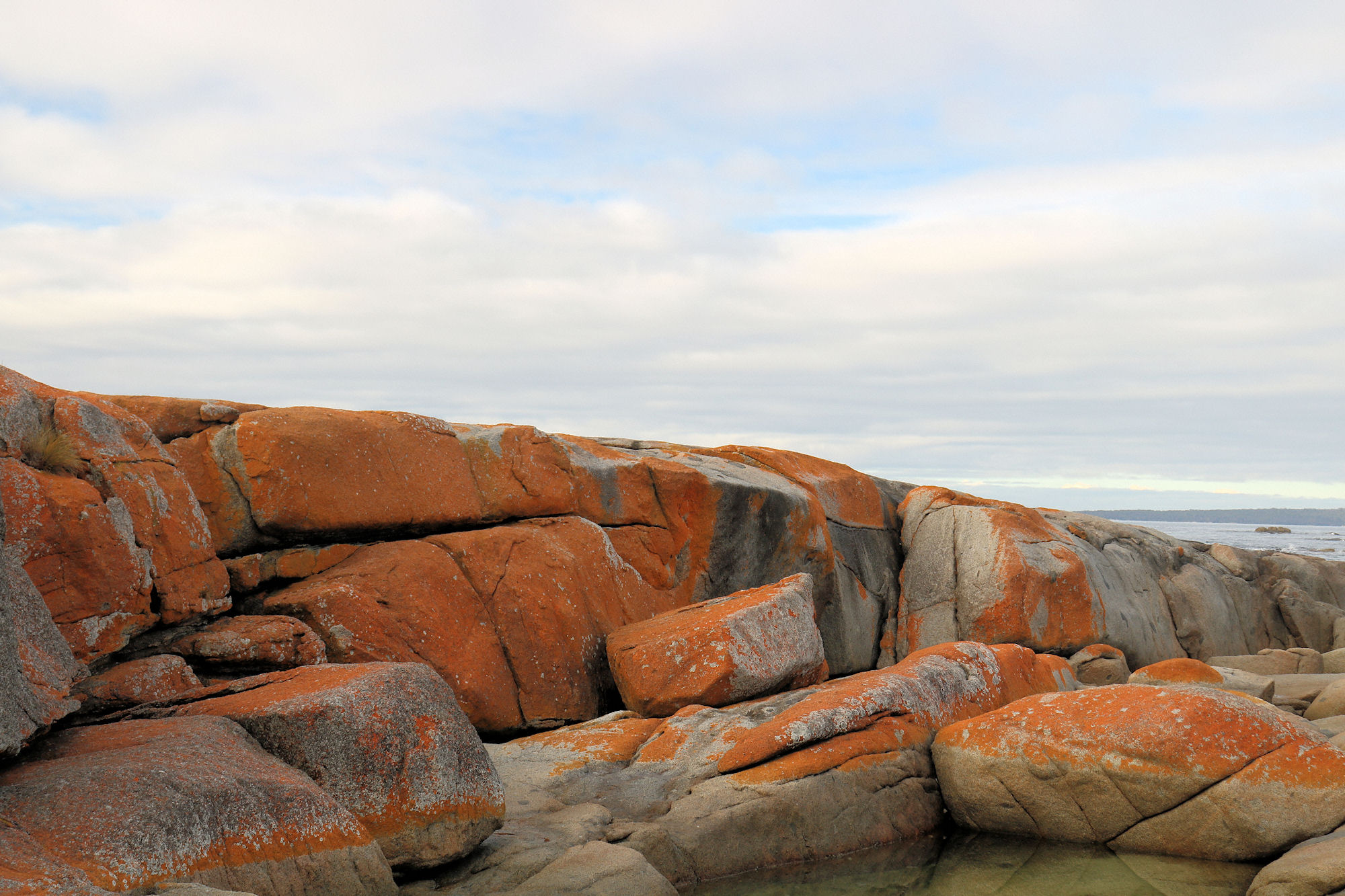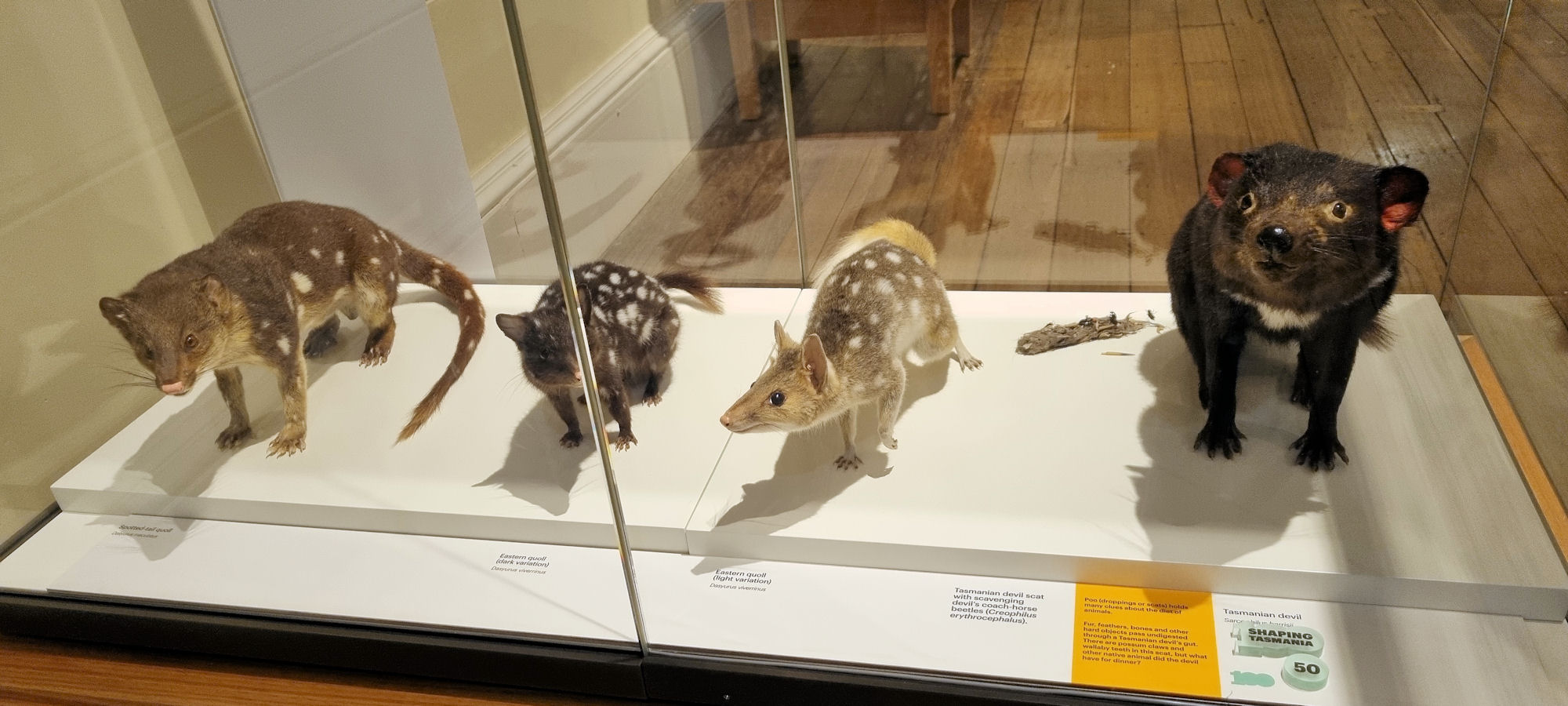Category: Science
-
Amazing Geological Sites on the Tasman Peninsula

Amazing Geological Sites on the Tasman Peninsula The rugged Tasmanian coastline lends itself to the formation of amazing geological sites, with many grouped together on the Tasman Peninsula. Tessellated Pavement Tasman Arch The Blow Hole Remarkable Cave Tessellated Pavement Best accessed at low tide, the tessellated pavement at Eaglehawk Neck resembles human-made pavement. During our… Read more
-
The Orange Rocks of the Bay of Fires

Bay of Fires Tasmania Famous for the stunning orange granite rocks that line the shore, The Bay of Fires is not, as we discovered named for this amazing feature. Instead, in 1773 when Captain Tobias Furneaux in Adventure, sailed past, he saw the fires of Aboriginal people on the beaches and gave it its name.… Read more
